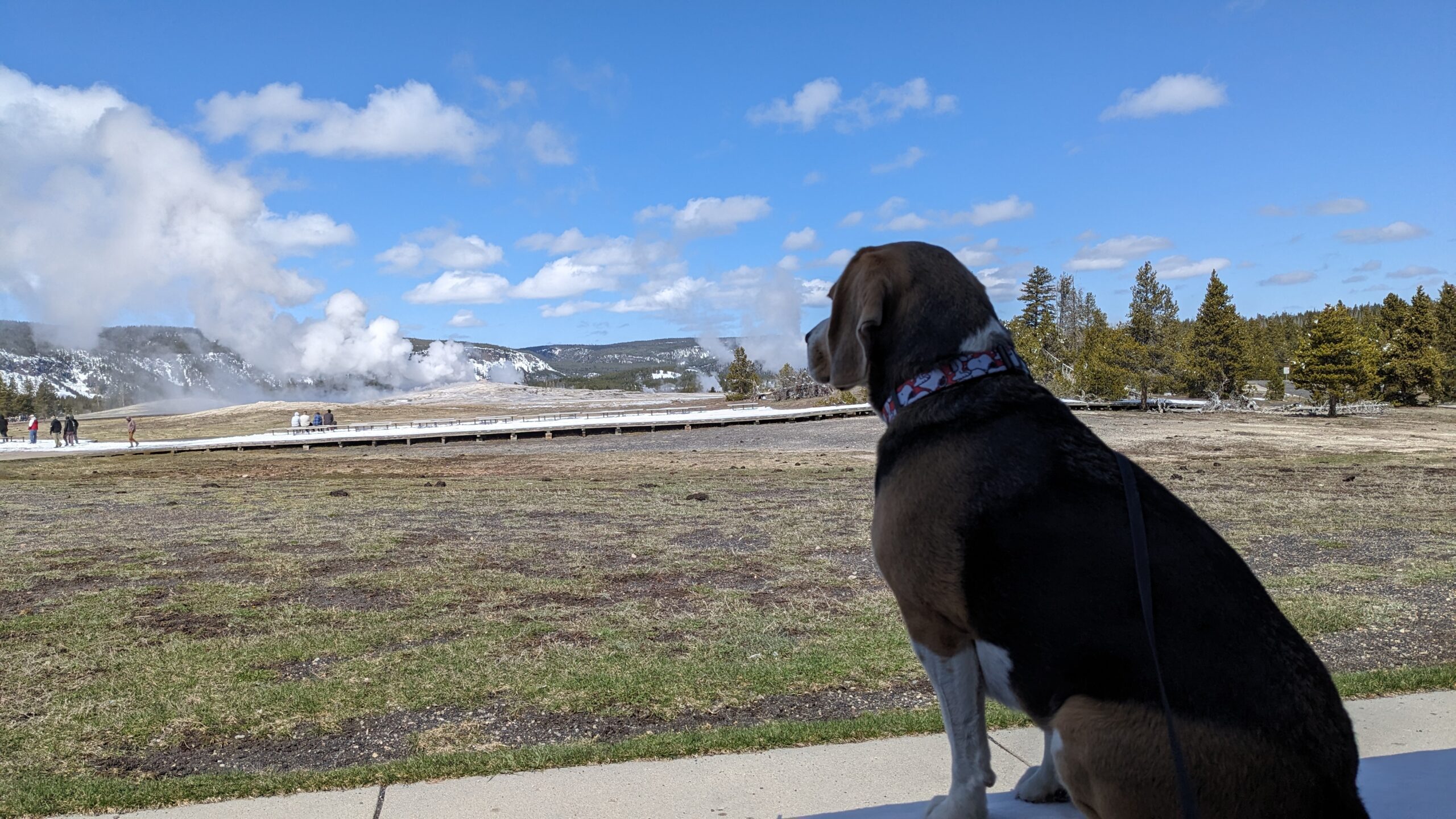Phoenix is an arid city in the heart of the Sonoran Desert, yet it boasts lush lawns, green parks, and vibrant landscaping. It’s a striking contrast to its natural environment, where temperatures regularly soar above 40°C. While this oasis-like appearance may seem like a testament to engineering ingenuity, the truth behind Phoenix’s water management is far more complex, involving a mix of political power, economic gain, and strategic motives. This investigative piece unpacks the reality behind Phoenix’s water abundance, questioning the forces at play and what they reveal about the city’s long-term sustainability.
Water Sources: A Delicate and Contested Network
Phoenix’s water supply primarily comes from three key sources:
- Colorado River: The Central Arizona Project (CAP) transports water from the Colorado River over hundreds of miles to the city. However, this water is heavily regulated and part of a multi-state agreement that allocates the river’s dwindling resources.
- Salt and Verde Rivers: Managed by the Salt River Project (SRP), water from these rivers originates as runoff from the snowpack in Arizona’s mountains and is stored in reservoirs. SRP’s management of these rivers has a historical and economic significance tied to Phoenix’s development.
- Groundwater: The city also taps into underground aquifers, but state regulations restrict excessive extraction to prevent overuse and depletion.
Despite these sources, the reality is that Phoenix’s water is not abundant in the natural sense. It is the result of a carefully controlled and contested network of water rights and federal investments, all orchestrated to make the city’s desert landscape thrive artificially.
Ulterior Motives Behind Phoenix’s Water Abundance
Urban Development and Real Estate: Profiting from Desert Expansion
Phoenix’s transformation from a small town into a sprawling metropolis was driven by land speculation and real estate development. Water access was pivotal in this growth, making Phoenix’s green spaces and landscaping more than just amenities—they were investments in creating a livable, appealing urban environment.
- The Growth Machine: Developers, city planners, and business elites formed a coalition, often referred to as the “growth machine,” aiming to expand Phoenix’s footprint. By securing water through large-scale projects like the CAP, these interests ensured that the city could grow exponentially, boosting land values and profits for those who controlled the property and water rights.
- Green Spaces as Marketing Tools: Lush lawns, parks, and artificial lakes became marketing tools to attract residents and businesses. Phoenix promoted itself as an oasis, despite its desert environment, creating a visual illusion of abundance that fueled the city’s development and attracted continuous investment.
Federal Investment and Political Influence
The federal government’s involvement in bringing water to Phoenix, especially through the CAP, highlights how political and economic interests have intertwined to sustain this desert metropolis.
- Securing Political Influence: Arizona’s congressional delegation has historically pushed for water rights and federal projects that benefit Phoenix. Investing in water infrastructure not only helped stabilize the city’s growth but also secured political influence for local politicians. By ensuring access to water, these politicians gained the loyalty of business interests and residents, translating into votes and campaign contributions that solidified their power.
- Agricultural Subsidies: The CAP’s role extends beyond urban use; it also supports agriculture in the surrounding areas. Crops like cotton and alfalfa, which are water-intensive and inefficient in a desert environment, continue to be cultivated, thanks to federal subsidies. This alliance between agribusiness and political entities suggests that maintaining high water usage is beneficial for the political power structures and large-scale agricultural enterprises that thrive in Phoenix’s orbit.
Control Through Scarcity: The Economics of Water Management
Phoenix’s reliance on water from the Colorado River and other scarce sources positions water as a valuable and powerful resource. Controlling its allocation gives political and economic entities significant influence.
- Water Organizations as Power Brokers: The SRP and CAP manage water distribution for Phoenix and its surroundings, wielding considerable influence over landowners, developers, and politicians. SRP, which began as a farmer-owned irrigation district, has evolved into a powerful entity controlling not only water but also significant economic and political clout. By distributing this critical resource, SRP and CAP maintain a strong grip over the city’s expansion and economic landscape.
- Manipulating Scarcity: As drought conditions intensify and the Colorado River’s resources dwindle, these organizations can manipulate the perception of scarcity. Controlling water allocation during shortages allows these entities to maintain their power, influence pricing, and potentially sell water rights at higher prices to agricultural and industrial users.
Environmental Engineering: A Tool for Urban and Political Expansion
The artificial greenery found throughout Phoenix may serve more than just an aesthetic function; it also acts as a tool for city planners and politicians to justify continuous urban expansion.
- Visual Justification for Growth: The creation of green spaces and landscapes serves as visual proof that Phoenix can overcome its natural desert environment. By cultivating this image of sustainability and abundance, developers and officials argue that Phoenix’s water management systems can sustain future growth, despite the city’s reliance on external water sources. This illusion allows them to continue promoting development projects, expand the urban footprint, and attract investment.
- Cultural Engineering: The lush, irrigated neighborhoods and parks are part of an effort to make Phoenix appealing to retirees, tourists, and affluent residents from other regions. By creating an attractive lifestyle brand, city planners not only increase property values but also attract demographics that contribute to local tax revenues and the city’s economic growth.
The Strategic Importance of Phoenix: Geopolitics and National Security
Phoenix’s access to water extends beyond city planning; it has strategic and national security implications.
- Military Presence and Economic Stability: Arizona is home to several military bases and defense contractors, making the state vital for national defense. Ensuring that Phoenix remains stable and grows in population helps secure this important region. Water abundance in the city becomes a matter of not just urban development but also of strategic interest to the federal government.
- Influence on Border Policy: Phoenix’s position in the Southwest gives it a critical role in the U.S. approach to border security and migration management. The city’s growth and stability may be tied to ensuring a robust economic and political presence near the U.S.-Mexico border, enhancing federal control and influence in this politically sensitive region.
The Mirage of Sustainability: Water Management as Propaganda
Phoenix’s ability to maintain an oasis-like appearance may also serve as a form of propaganda, obscuring its vulnerabilities and the unsustainability of its water use.
- A False Sense of Security: By presenting Phoenix as a sustainable model for desert urbanization, city leaders and developers create an illusion of abundance that attracts investment and encourages growth. This portrayal masks the city’s heavy dependence on distant and dwindling water resources, creating a false sense of security among residents and investors.
- Deflecting Climate Change and Drought Concerns: The city’s water management efforts deflect attention from broader issues like climate change and regional water shortages. The Colorado River, which supplies Phoenix, is over-allocated and in decline, yet political and business leaders continue to downplay these threats while promoting expansion. Maintaining this illusion helps them avoid addressing the city’s inherent vulnerability and ensures continued economic growth.
The Path Ahead: Confronting the Illusion and Addressing Sustainability
Overcoming Political and Economic Resistance
Phoenix’s growth and green appearance have been sustained by a coalition of political elites, developers, and water management organizations that benefit from the status quo. Transforming this system would require significant political will and economic restructuring.
- Political Stagnation and Inertia: Phoenix’s leaders are heavily influenced by powerful interests that have long shaped the city’s water policies. Shifting away from reliance on unsustainable water sources like the Colorado River would require challenging these entrenched interests and implementing water policies that may not align with their immediate economic goals. This could involve reforming the CAP and SRP’s control over water distribution, a move that may face fierce resistance from those benefiting from the current system.
- Economic Implications for Real Estate and Agriculture: The real estate and agricultural sectors are central to Phoenix’s economy, and any significant change in water policy would affect them directly. Moving toward more sustainable water usage could mean tighter restrictions on water allocation for development projects or agriculture, which may destabilize land values and impact local industries. These sectors would likely push back against such measures, prioritizing short-term profits over long-term sustainability.
Adapting to Water Scarcity and Climate Change
Phoenix’s dependence on external water sources, especially the Colorado River, is becoming increasingly precarious. Climate change is already affecting snowfall and water availability, and the city’s water future may involve dealing with even harsher conditions.
- Diversification of Water Sources: To reduce its dependence on the Colorado River, Phoenix must explore alternative water sources and storage methods. This could include expanding groundwater recharge programs, investing in advanced water recycling technologies, and even exploring desalination, though the latter is costly and energy-intensive. These solutions would require large-scale investment and coordination, as well as overcoming public resistance to changes in water quality or supply methods.
- Adopting Aggressive Conservation Measures: Water conservation has been promoted in Phoenix, but the city’s growth model and culture of lush landscaping conflict with true conservation efforts. More stringent measures, such as implementing mandatory xeriscaping (using drought-resistant plants) and restricting outdoor watering, could reduce water consumption significantly. However, these measures may not be politically or socially popular, as they would alter the city’s image and lifestyle appeal.
Addressing the Reality of Unsustainable Growth
The illusion of abundance that Phoenix promotes may no longer be feasible in the face of climate change, prolonged drought, and shrinking water allocations. City leaders need to recognize the limits of this approach and prioritize sustainability over unbounded growth.
- Reevaluating Development Plans: Urban planners and policymakers must consider the limits of Phoenix’s water capacity when making development decisions. This could involve creating stricter zoning regulations that limit expansion in water-scarce areas and encourage higher-density development instead of the sprawling model that has characterized the city’s growth. This shift could minimize the strain on water resources while still allowing for some level of population and economic growth.
- Changing the City’s Identity: Phoenix may need to shift its branding and marketing efforts to embrace a more sustainable and desert-adapted image. By promoting a lifestyle that aligns with its natural environment—highlighting xeriscaping, energy-efficient housing, and sustainable living—Phoenix could attract residents who value sustainability and are willing to adapt to a less water-intensive way of life. This cultural shift would require extensive public education campaigns and a reimagining of what it means to live in a desert city.
Regional Cooperation and Policy Reform
Water scarcity is not just a Phoenix issue; it is a regional challenge that affects multiple states and millions of people who depend on the Colorado River Basin. Addressing Phoenix’s water issues may require collaboration with neighboring states and an overhaul of existing water agreements.
- Reforming the Colorado River Compact: The Colorado River Compact, which allocates water to the seven states in the Colorado River Basin, is outdated and does not account for current climate conditions or population growth. Reforming this agreement is necessary to ensure that water distribution reflects today’s reality and prepares for future scarcity. Phoenix, as a major player, would need to advocate for a more equitable and realistic distribution that addresses the needs of both urban centers and agricultural interests while conserving the river’s fragile ecosystem.
- Regional Water Recycling and Storage Projects: Multi-state cooperation could involve joint investments in large-scale water recycling and storage initiatives. By pooling resources, states like Arizona, Nevada, and California could develop technologies that make more efficient use of the water available, such as advanced treatment facilities for wastewater recycling or the construction of new reservoirs to capture rainfall and runoff. These initiatives would require overcoming bureaucratic and political hurdles but could provide a more sustainable water future for Phoenix and the broader region.
The Future of Phoenix: Mirage or Reality?
Phoenix’s green landscape and water abundance have always been something of a mirage, crafted through extensive manipulation, political influence, and engineering marvels. The city’s existence defies the desert’s natural constraints, creating an illusion of an oasis that can continue indefinitely. However, the foundations of this abundance are increasingly fragile, and the city’s future may hinge on whether it can transition from illusion to sustainable reality.
To secure a sustainable future, Phoenix must confront the forces that have kept its water policies centered on short-term gain and growth at any cost. This involves challenging entrenched political and economic interests, reforming water management policies, and transforming its urban identity to align with its desert environment. Only by facing these difficult truths and taking bold, proactive steps can Phoenix hope to preserve its vibrant cityscape without compromising its long-term viability. The time for critical action is now—before the mirage fades and the harsh desert reality sets in.
Discover more from Kango Anywhere
Subscribe to get the latest posts sent to your email.




